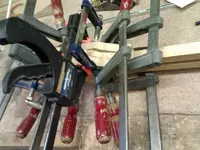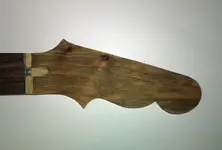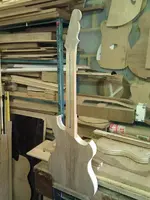Lt. Bob
Spread the Daf!
sounds fine to me.Also to add. We can no longer go for the tuno-matic option as the top and neck are in line much as the fender style. I was working to the type of bridges discussed previously which I think were basically schaller?
And I'm glad it's not gonna be a 7 string.
If it were I wouldn't get to fret about not being able to afford it once it's done.
This way when it's gorgeous I can be bummed out about not getting it.









